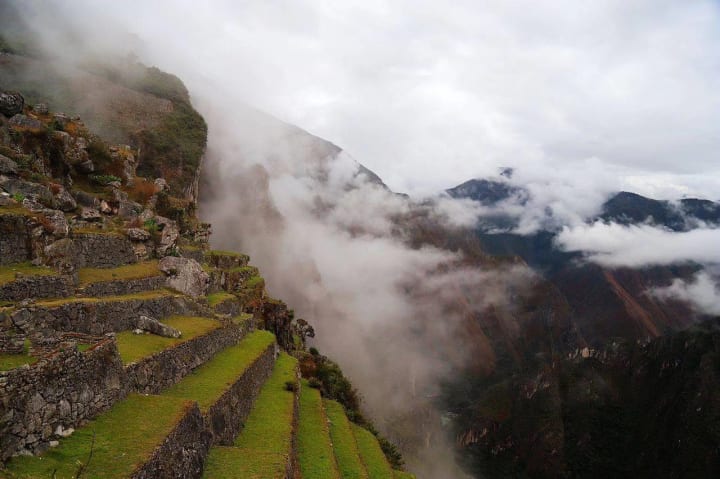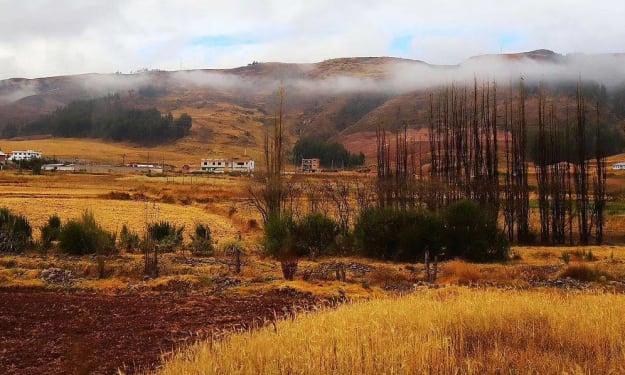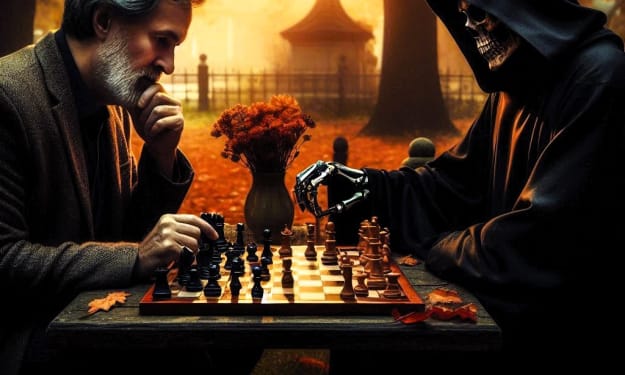Machu Pichu, a place in Latin America you cannot miss-2
Ancient Road and City

Hundreds of years ago, there was only a narrow Inca trail between the mountains connecting Machu Picchu and Cusco. Now, when tourists arrive here by tourist train, they will feel a strong shock ---- The Machu Picchu in front of them is so dangerous that they are possible to slide down to an abyss of 100,000 feet from the narrow ridge at any time. It was on this steep, deserted ridge that the Incas built their city.
There are more than 170 buildings, 6 terraces, thousands of steps, several temples, and 16 cisterns in Machu Picchu. It is really a miracle. The lost city is divided into two large areas -- urban area and agricultural area. The two areas are separated by a huge stone wall. The agricultural area is subdivided into upper and lower areas. The urban area is subdivided into three areas by archaeologists: sacred area, south civilian area, and priesthood and noble area.

The reservoir and sewer pipes are ingeniously connected to the irrigation system. Some scholars have confirmed that the Machu Picchu irrigation system's design allows the Holy Spring's water to flow through each room in turn, just like the Sifang Street in Lijiang or the Kaner well in Turpan.
The countless small details of the Inca architectural style allow this lost city to be fully reproduced in the world today: The doors and windows are trapezoidal, the corners are all rounded, and the corners in the room are slightly inclined inward; each of the connected walls is not completely vertical. They are in contact with each other in a row, and the splicing between the stones is so precise that even a piece of glass is difficult to insert. All these designs make the whole structure stronger.
Perhaps the most puzzling thing is the huge number of stone houses and walls in the ancient city of Machu Picchu. How did the Incas carry these boulders? Furthermore, how did the Incas actually build boulders weighing 20 tons into houses? Since the Inca did not leave a written record, perhaps people will never know this eternal mystery.

Cusco Cathedral
The Cusco Cathedral built-in 1550 was the first cathedral in the Cusco region. It is the most typical example of colonial rulers preaching the Catholic faith to the local indigenous people. During the cathedral construction, the Spanish rulers moved many large stones from Sacsayhuaman to make construction materials. This church has been damaged in four earthquakes over 400 years but survived every time.

The cathedral was a brick-red building with a tall bell tower and a majestic cross. You need to walk up the steps to reach the entrance. The wall above the doorway was fined carved. This church looked similar to the one in Europe but was bigger. There was a small church next to and behind the main building. The three front doors were dark green, and the cathedral's side was a building with an arcade, decorated in Spanish style. Like most churches, it was quiet inside, in which believers prayed with their fingers crossed. Large religious oil paintings on the wall were telling doctrines and historical stories. Sculptures of religious figures stood, with some ancient religious articles. The stone floor of the church was polished. Every detail showed the ancient and vicissitudes.

Peru is one of my favorite countries. For culture, there are Inca culture and colonial culture; for creatures, there is Pascal Bird Island, Amazon rainforest; for scenery, there is the sea, mountains, rainforest, desert, rainbow mountain, Andes; For natural mystery, there is the lost city of Machu Picchu and Nazca line. It is one of the rare all-around and excellent countries. Peru is a country where you must come and see. Especially Machu Pichu, a place in Latin America you cannot miss.








Comments
There are no comments for this story
Be the first to respond and start the conversation.